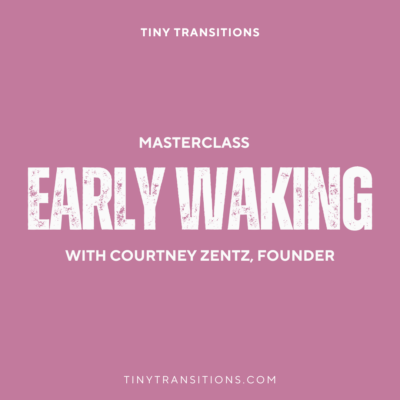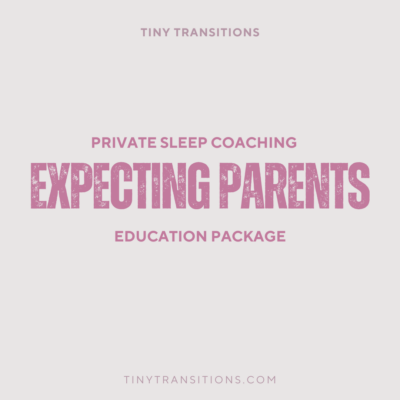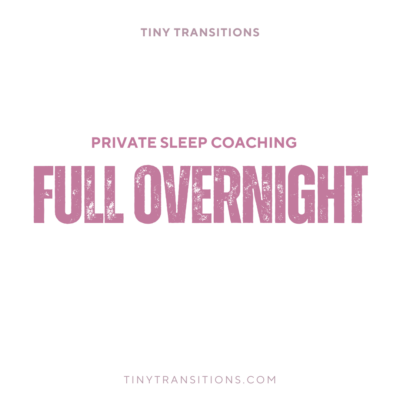So you’ve had a cute bundle of joy. You’ve survived the first few months by living off catnaps and coffee fumes…or maybe you got lucky and had a good sleeper. Either way, it doesn’t matter when that four-month regression hits. You didn’t know tired could feel this bad.
You’re researching sleep training methods, and it may be sleep deprivation, but they all seem to contradict each other or are supposedly the same thing. Cry it out (CIO) and Ferber sleep methods are two of the most long-standing, effective, and easy-to-implement programs for tired parents. However, there’s no one-size-fits-all solution for baby sleep, so here’s a comparison of the two to hopefully guide you to the much-needed rest you all deserve.
What is the Cry It Out Method?
CIO, extinction, or the Weissbluth method involves kissing your baby goodnight, shutting the door, and that’s it. It’s been around since the 1800s, nicknamed the no-peek method. However, with technological advances, you should still check on your baby with a video monitor to ensure they are safe.
This sleep training is still popular because it is quick and effective if you can stomach it. You aren’t intervening to console your child, which can unintentionally reinforce crying. Additionally, some parents favor this method because they’ve found that check-ins to calm their little one tends to upset them more than if they leave them alone to self-soothe.
The main argument against this method is that it doesn’t consider your child’s physiological, biological, or social needs. It’s important to note that CIO should only be employed when your child’s needs are met and they are healthy. You should ensure they are well-fed, in a dry diaper, and without physical discomfort or ailments like teething. While the age varies between experts, they should be developmentally ready to fall asleep independently. Speak to your pediatrician if you have any concerns.
What is the Ferber Sleep Method?
This method is often confused with CIO because it is a gentler form of CIO, where you will leave your child for segments of time. You should expect some tears, but you utilize check-ins to console your baby. You may have heard it called graduated extinction or controlled crying because you will extend the intervals between comforting each night.
Typically, you will set a time you can tolerate, such as one, two, or three minutes that you will keep repeating until they fall asleep. The next night you will do three or five-minute intervals, and so on. The goal is that they learn to fall asleep on their own without crying. Parents prefer this method if they cannot stomach long bouts of crying but still want fast results from sleep training.
The Downside to Ferberizing
The Ferber method is typically recommended for healthy babies aged six to 18 months because the pop-ins won’t be as effective outside that age window.
Additionally, the Ferber method can increase crying overall. Your infant can scream when they notice your presence, making it harder for you to calm them down in the window you’ve given yourself. This can lead to intermittent reinforcement, where your well-meaning efforts to soothe your child prolong the crying since they associate their tears with your “rescue.”
This method leads to more user errors as well. If you are not highly self-motivated, your little one’s cries will likely send you into a parental guilt spiral. As a result, you might give in to the sleep-crutch behavior you were trying to break. The more tired and sleep-deprived you are, the more likely you are to give in. By reverting to bad habits, you are undoing all your sleep training progress and will make each subsequent attempt harder.
Consistency Nearly Guarantees Success
No matter what sleep training method you opt for, it’s crucial to remain consistent. Any type of training means you are learning a new skill that takes time to see results. Both CIO and Ferber sleep methods are popular because they are relatively straightforward programs to implement with your baby, ensuring your infant is sleeping through the night before you hit the toddler years.
However, both of these programs are very cookie-cutter. Neither account for individual differences between children. You may have experienced this first hand, where the Ferber method worked great for your first child, but it upset your second. CIO was the perfect fit for your second child, but now you are at a loss with your third baby, who isn’t learning to self-soothe and settle no matter what you do.
You are an experienced parent who knows your baby much better than any book. You will find an approach that works for you, your baby, and your family, and that may involve a sleep plan or enlisting a baby sleep coach. Each method can agree that your baby needs sleep, and so do you. There are plenty of resources to make this work. Don’t wait until the end of your rope to get help.










